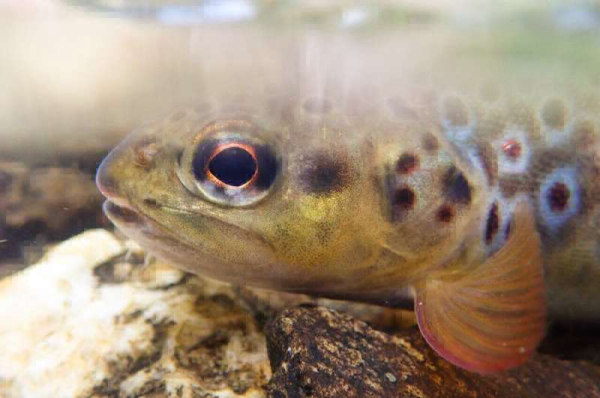 |
Trout living in rivers polluted by metal from old mines across the British Isles are genetically "isolated" from other trout, new research shows. The work appears in Diversity and Distributions.
Researchers analyzed brown trout at 71 sites in Britain and Ireland, where many rivers contain metal washed out from disused mines.
While trout in metal-polluted rivers appear healthy, they are genetically distinct—and a lack of diversity in these populations makes them vulnerable to future threats. By comparing the DNA of trout in rivers with and without metal pollution, the researchers found that metal-tolerant trout populations split from the wider species during periods of peak mining activity.
The study, by the universities of Exeter and Cardiff, was carried out in four regions: west Wales, northeast England, southwest England and southeast Ireland.
"We found massively reduced genetic diversity in some of these trout populations inhabiting metal-impacted waters," said Professor Jamie Stevens, from the University of Exeter.
"These fish carry a high burden of metals, with toxic binding of dissolved metals to their gills causing suffocation, but trout that can tolerate this have emerged in polluted rivers. If fish without this tolerance swim into these rivers, they must either leave or die from that exposure. This means the metal-tolerant fish are genetically isolated, not exchanging genes with other trout populations. So, while these fish may be healthy where they are, the genetic diversity that allowed them to adapt to this rapid change in their environment is now lacking—leaving them more vulnerable to future changes."
Common metal pollutants in former mining areas include lead and copper, and many fish and other species in these rivers have already been wiped out.
